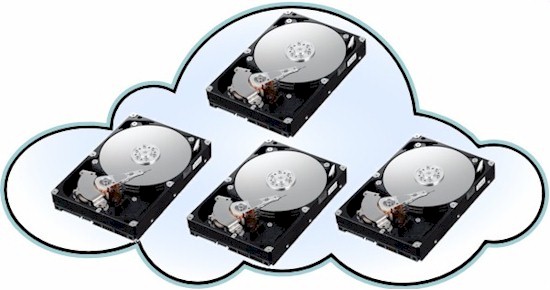[This blog post is first among my series of blog posts on how enterprises across various business verticals are using big data to impact their bottomline. It would help you strategize & make the right decision on big data investments. Submit your email id on the sidebar & stay updated about how your competitors are using big data]
 the store by an angry customer with coupons demanding to see him immediately.My daughter got this in the mail!” he said. “She’s still in high school, and you’re sending her coupons for baby clothes and cribs? Are you trying to encourage her to get pregnant?”The store manager was at a loss of words since the coupons where addressed to the man’s daughter which contained advertisements about maternal clothing, nursery furniture & pictures of smiling infants. The manager apologized for the possible mistake and then called back a few days later to apologize again ( kudos to the customer service!!!)On the phone our angry customer appeared to be embarrassed as he said-“I had a talk with my daughter,” he said. “It turns out there’s been some activities in my house I haven’t been completely aware of. She’s due in August. I owe you an apology.”
the store by an angry customer with coupons demanding to see him immediately.My daughter got this in the mail!” he said. “She’s still in high school, and you’re sending her coupons for baby clothes and cribs? Are you trying to encourage her to get pregnant?”The store manager was at a loss of words since the coupons where addressed to the man’s daughter which contained advertisements about maternal clothing, nursery furniture & pictures of smiling infants. The manager apologized for the possible mistake and then called back a few days later to apologize again ( kudos to the customer service!!!)On the phone our angry customer appeared to be embarrassed as he said-“I had a talk with my daughter,” he said. “It turns out there’s been some activities in my house I haven’t been completely aware of. She’s due in August. I owe you an apology.”
The geniuses who guessed it right belonged to the Guest Analytics department at Target headed by Andrew Pole. With master degrees in statistics and economics as well as a passion to connect human behaviour with data , joined Target as a statistician in 2002. Two colleagues from the marketing department stopped by his desk to ask an odd question: “If we wanted to figure out if a customer is pregnant, even if she didn’t want us to know, can you do that? ”
 Research studies have shown that consumer shopping behaviour is highly habit driven rather than decision making. It is an uphill task for retailers to break a customer routine of buying toys from a toys store , beer from the liquor store or gas station, magazines from the book store while all the same can be brought at a retailer like Target or Walmart. Research suggests that there can be “moments” in our life like shifting to a new city, getting married or divorced can induce changes in shopping patterns. Marketers need to target these “unique moments” and provide cues for the consumer to create a shopping habit.
Research studies have shown that consumer shopping behaviour is highly habit driven rather than decision making. It is an uphill task for retailers to break a customer routine of buying toys from a toys store , beer from the liquor store or gas station, magazines from the book store while all the same can be brought at a retailer like Target or Walmart. Research suggests that there can be “moments” in our life like shifting to a new city, getting married or divorced can induce changes in shopping patterns. Marketers need to target these “unique moments” and provide cues for the consumer to create a shopping habit.
At Target every customer that walks into the store has a unique Guest ID number assigned to them internally. They manage to collect all purchase information through credit card transactions or coupons or surveys and demographic information like age, marital status, job, salary etc. Though the heaps of data might appear meaningless but combined with analytics they seem to be clues to the “holy grail”. Target’s Guest Customer Analytics team comes in to analyze data, patterns and predict shopping habits. Based on the shopping habits predictions the marketing team sends the promotions.
Pole and his team were able to identify about 25 products which when analyzed together assigned a “pregnancy prediction” score. The products were identified by crawling through available data for patterns like women on their second trimester of pregnancy tend to purchase large quantities of unscented lotion. As the product basket includes lots of scent-free soap and extra-big bags of cotton balls, in addition to hand sanitizers and washcloths the delivery date seems near.
The result being Target was able to build habits among customers to buy cleaning related products along with baby related products. Later with changing time their product basket could include groceries, cloths and every time which Target sells.
The new marketing strategy brought in huge profits in Mom & Baby product category. Target’s revenue when Pole was hired in 2002 was $44 Bn and in 2012 was $70 Bn.
Based on the detailed business case above, here’s how you can implement Big Data in sales & marketing :
- Try and understand what cues leads a consumer to buy from you.
- Gather data from all possible touch points with your customer.
- Try & find patterns in purchases.
- Create a product basket which includes commonly purchased products in a certain demographic.
- Provide offers based on the product basket and include cues to purchase other related products.



